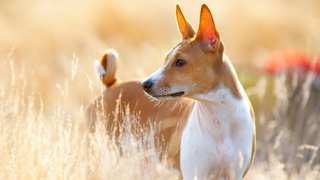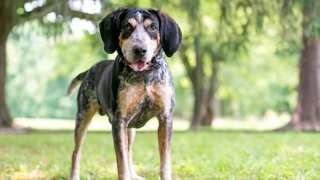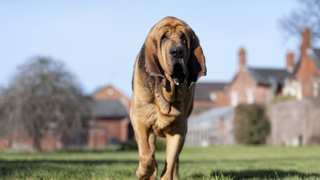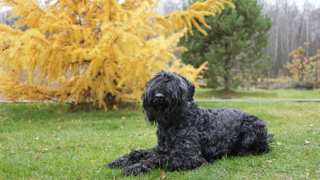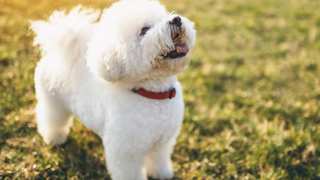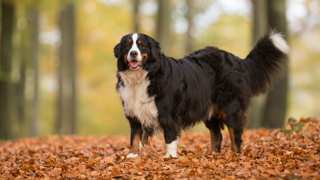If you are wondering, What do African Wild Dogs eat?, then it is most likely an academic question. While it is legal to own one, the African Wild Dog diet nevertheless makes this a dangerous animal to possess. (It is reported that there are only about 50 to 80 of them in zoos and elsewhere in the United States, and worldwide there are fewer than 5,000.) In the wild, they eat most any other small or herbivorous animal, and if domesticated, they are sure to eat any pets they can get their teeth into. It's difficult to understand how much a particular African Wild Dog will eat in a single day. A pack of African Wild Dogs can hunt, kill, and eat as many three full-sized zebras a day. They eat very quickly lest they lose their kill to other predators. As such, there is nearly never a killing bite and their prey is almost always eaten alive. If they eat grass, it is typically from the belly of the beast they are eating. As for African Wild Dog food, there is none specific to this breed. For an idea of dog food that may be used, however, the Nebraska Zoo uses Nebraska Brand Canine Diet — which is obviously a raw food diet!
There is no readily available feeding chart. What has been observed and recorded as far as they collective eating habits tends to differ by region. For instance, in South Africa, they primarily eat impalas but in Zimbabwe, the diet is only about 50% impala and 25% kudu. It is not unusual for a single pack to eat 200 pounds of meat in 15 minutes. If there are pups back at the den, they will regurgitate some of the raw meat for them upon returning home. Pups that have been domesticated are said to only be able to survive by being nursed. This can be done by a dam from the pack or, as has been proven, a human female who is lactating. One of the more peculiar African Wild Dog eating habits is to aggressively refuse a single pup begging for food. Instead, pups are fed when they beg as a group, a lesson which prepares them for hunting as a pack.
These are very active dogs who are some of the fastest-running animals on Earth and possessive of incredible stamina, and this adds up to a voracious appetite. Moreover, the volume of food they are believed to eat to sustain themselves is often measured by "belly scores." Because of this, they often look obese but it's just because they have recently eaten or may be merely storing food for puppies. The African wild dog food chain is part of a larger and complex food web, and this animal sits on the top level. This may lead to second and also academic) question: What eats African Wild Dogs? So long as they are alive, nothing, but when they do die, it's usually the other dogs.

